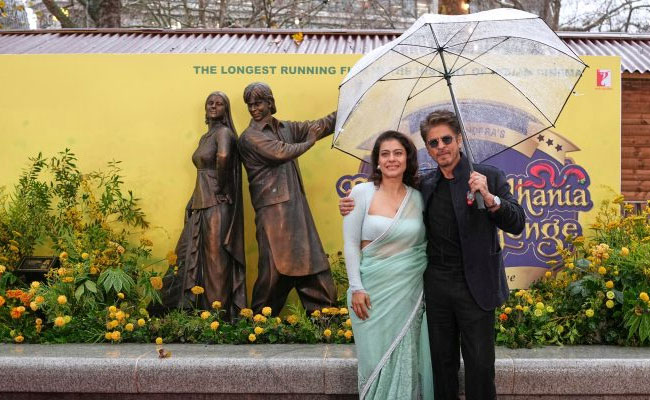Sydney, April 18: With the aim to find the lost siblings of the Sun, now scattered across the sky, a team of astronomers has collected the "DNA" of more than 340,000 stars in the Milky Way.
The "DNA" can help trace the ancestry of stars, showing astronomers how the universe went from having only hydrogen and helium -- just after the Big Bang -- to being filled today with all the elements we have here on Earth that are necessary for life.
The research, detailed in the journal Monthly Notices of the Royal Astronomical Society, is based on the Galactic Archaeology survey, called GALAH, launched in late 2013 as part of a quest to uncover the formulation and evolution of galaxies.
When complete, GALAH will investigate more than a million stars.
The GALAH survey used the HERMES spectrograph at the Australian Astronomical Observatory's (AAO) 3.9-metre Anglo-Australian Telescope near Coonabarabran in New South Wales to collect spectra for the 340,000 stars.
"No other survey has been able to measure as many elements for as many stars as GALAH," said Gayandhi De Silva of the University of Sydney and AAO.
"This data will enable such discoveries as the original star clusters of the Galaxy, including the Sun's birth cluster and solar siblings -- there is no other dataset like this ever collected anywhere else in the world," De Silva said.
The Sun, like all stars, was born in a group or cluster of thousands of stars, explained Sarah Martell from the University of New South Wales (UNSW) Sydney who leads the GALAH survey observations.
"Every star in that cluster will have the same chemical composition, or DNA - these clusters are quickly pulled apart by our Milky Way Galaxy and are now scattered across the sky," Martell said.
"The GALAH team's aim is to make DNA matches between stars to find their long-lost sisters and brothers," she added.
For each star, this DNA is the amount they contain of each of nearly two dozen chemical elements such as oxygen, aluminium and iron.
Unfortunately, astronomers cannot collect the DNA of a star with a mouth swab but instead use the starlight, with a technique called spectroscopy.
The light from the star is collected by the telescope and then passed through an instrument called a spectrograph, which splits the light into detailed rainbows, or spectra.
Let the Truth be known. If you read VB and like VB, please be a VB Supporter and Help us deliver the Truth to one and all.
Thiruvananthapuram (PTI): A Special Investigation Team (SIT) has been constituted to probe a second case of sexual assault against expelled Congress MLA Rahul Mamkootathil, police officials said on Friday.
The SIT will be led by G Poonguzhali, Assistant Inspector General at the Police Headquarters.
The team also includes a DSP rank officer and sub-inspectors, officials added.
The second sexual assault complaint was received by the Kerala Pradesh Congress Committee, which it forwarded to the state police chief.
ALSO READ: Cong expels rape-accused MLA Mamkootathil from party's primary membership
Following this, the Crime Branch registered a case and launched an investigation.
Crime Branch officials said the email complaint contained only the sender's email ID and no other contact details.
As part of the probe, they have sent a reply email requesting that the complainant contact them and provide her statement.
The complainant has alleged that she was sexually assaulted under the false promise of marriage, a Crime Branch official said.
However, details such as the location and date of the alleged incident are not currently available to the police.
The SIT will attempt to trace the sender of the email and record her statement, which is crucial for further investigation, the officer said.
Mamkootathil was expelled from the Congress party on Thursday after a court here rejected his anticipatory bail petition in another rape case.
Police said he is currently absconding, and a manhunt is underway in Kerala and neighbouring states.





